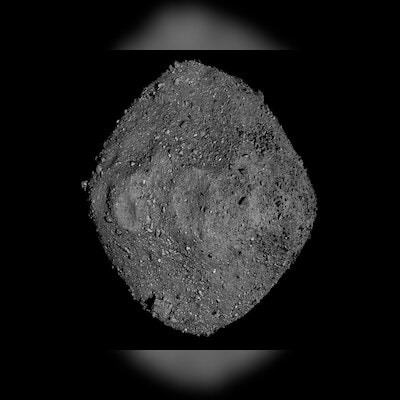SpaceX to launch Europe’s Hera to study asteroid surface, structure | World News

The European Space Agency’s Hera mission to visit Dimorphos, an asteroid that NASA’s DART (Double Asteroid Redirection Test) spacecraft knocked off course in September 2022, is taking off today. Hera will assess the impact and study the surface and internal structure of the asteroid in detail.
The main Hera spacecraft and its two partner cubesats, called Milani and Juventas, will launch aboard the SpaceX Falcon 9 rocket on Monday, October 7 at 10:52 a.m. EDT (1452 GMT) from Cape Canaveral Space Force Station in Florida. The live stream can be watched at Space.com or directly via the agency.
Dimorphos, a moonlet of the near-Earth asteroid Didymos. It is a binary asteroid system previously visited by Nasa’s DART spacecraft that intentionally collided with Dimorphos in 2022 to change the orbit around Didymos showing the planetary defence technique leading to a shift of the trajectory of the potentially hazardous asteroid
The Hera will reach Dimorphos in late 2026 if everything goes right. The spacecraft will calculate the size and depth of the crater created by DART and evaluate the impact’s efficiency.
To study the internal structures, surface minerals and gravity at Dimorphos, it had to deploy two cubesats. The data gathered will help researchers to better understand the impact of the asteroid providing insights for future asteroid deflection missions.
Hera, along with two cubesats, arrived at the launch site in Florida in early September. It aims to lift off on Monday, October 7, though the launch period runs through October 27. Lunching within this window will allow Hera to reach its destination at Dimorphos.
According to Professor Gareth Collins, a member of the Hera science team at Imperial College London, “The Dart mission was a spectacular success as a demonstration of asteroid deflection technology, but as a science experiment it generated as many questions as it provided answers.” Collins also believes that this mission will answer those questions and more.
The mystery is how Dart changed Dimorphos’s orbit so significantly. The probe was anticipated to punch a 20-metre crater in the asteroid and shave a little more than a minute off its orbital period. The substantial shift in orbit suggests the impact completely reshaped the asteroid. Collins believes that it happens because Dimorphos has a rubble-pile internal structure, and we only have a few close-up images of its surface to work with.
First Published: Oct 07 2024 | 2:59 PM IST




